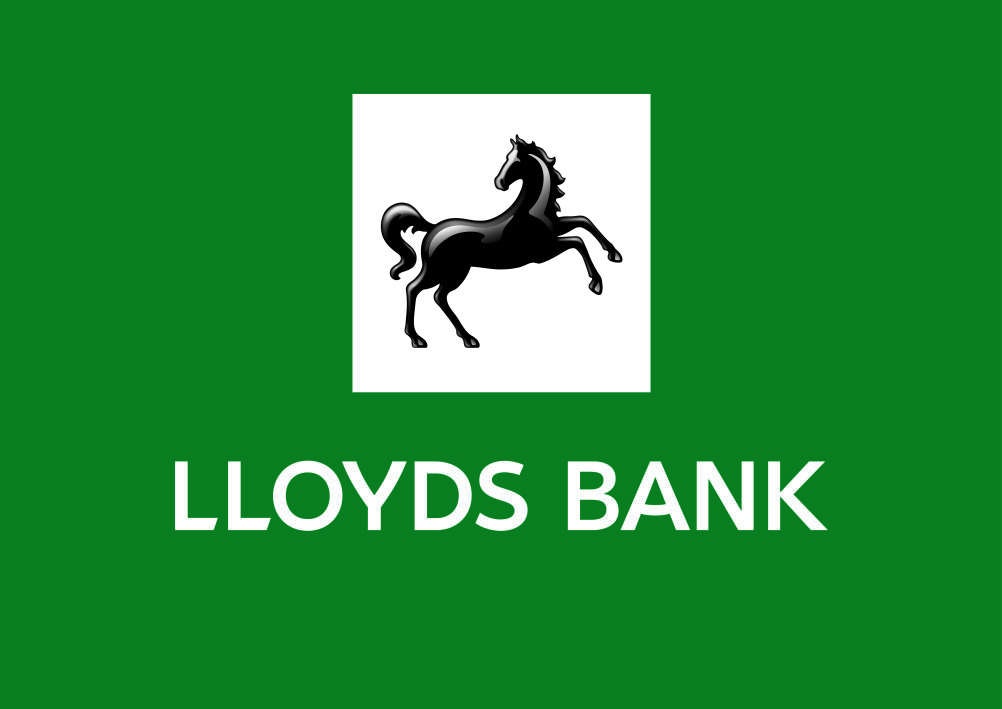
Well here is a turn up. A UK retail banking consumer survey asks consumers which bank they trust most – and the most popular answer was not First Direct, Metro Bank or Nationwide. Nor was it TSB, which the writer might have expected to score highly.
Nope-the top answer was Lloyds. Not a mis-print: it is Lloyds. So first off, a hearty well done them.
Lloyds Banking Group (LBG) comes out rather well in the survey with sub-brands Halifax/Bank of Scotland ranking second, ahead of Barclays in third place.
Santander, fourth and First Direct in an unaccustomed fifth place round off the top five.
Cue an immediate check to see just who sponsored the report and what was the sample size, given Lloyds and Barclays lack of obvious success in the quarterly account switching rankings, generally dominated by Nationwide, Santander, Metro Bank and admittedly, Halifax.
The report ‘Personalisation in Retail Banking’ was not actually sponsored by LBG (the survey was commissioned by Webhelp) but it was a relatively small survey of 500 UK-based adults.
How well do you really know your competitors?
Access the most comprehensive Company Profiles on the market, powered by GlobalData. Save hours of research. Gain competitive edge.

Thank you!
Your download email will arrive shortly
Not ready to buy yet? Download a free sample
We are confident about the unique quality of our Company Profiles. However, we want you to make the most beneficial decision for your business, so we offer a free sample that you can download by submitting the below form
By GlobalDataKey takeaways include:
- Just 55% of respondents have heard of personalisation and understand what it means, with the figures dropping to only 38% for people aged between 24 and 35;
- 49% of people are happy with a bank having their data if they trust that bank
- 39% of respondents do not want banks to hold their personal data regardless of whether they trust them or not;
- 35% of people are happy to have their personal data kept by a bank that has given them good customer service, and
- Only 8% of people are happy for banks to have their personal data regardless of whether they have received good or bad customer service from them.
Surprisingly, the report finds that older people seem to understand personalisation best. 63% of 55-64 year olds state that personalisation means companies tailoring communications to their preferences and actions, whereas only 38% of 25-34 year olds took the same view.
The report concludes that trust is a much bigger factor than either liking or being an existing customer, when it comes to whether people are happy for banks to hold their personal data.
While LBG will no doubt welcome the report, work remains to be done across the sector. Levels of trust with banks have remained relatively static in the last 12 months with only 11% of the consumers surveyed saying they trusted their bank more than last year. The other 89% said they trusted their bank the same or less than last year.
So there you have it: people can like a bank and be a customer without actually trusting them, although in turn this is likely to limit the level of personal data that they are willing to provide.
As for positives: well only 30% of those Webhelp surveyed said they are not influenced by personalised communications with another one third saying that they feel it is helpful to receive offers and communications that are personalised to them.
This shows that a significant opportunity exists for banks to engage with their customers in a more personalised way, but only on the proviso that they are able to tailor their approach effectively.







